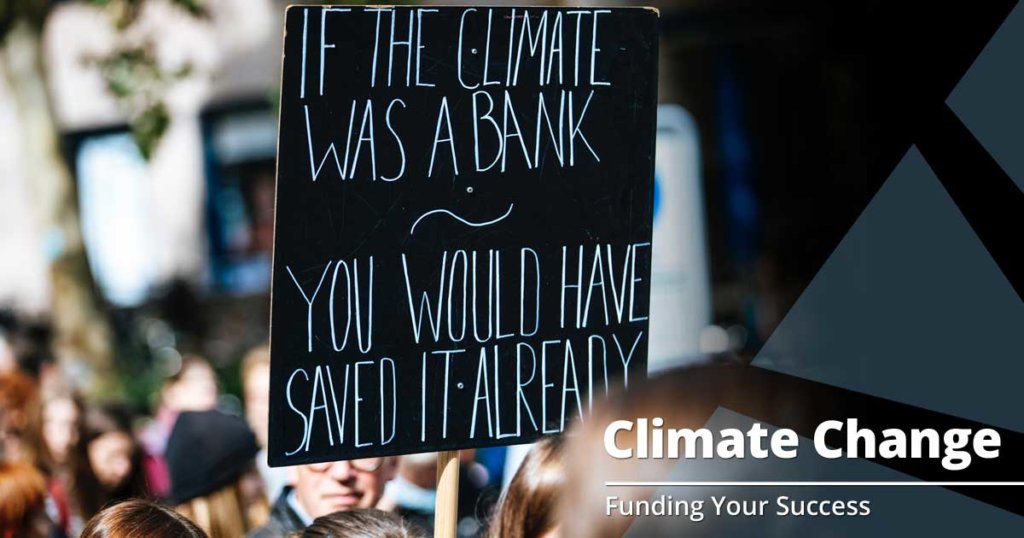The Circular Economy

The Circular Economy
Reduce, reuse, recycle. We remember “the three Rs” as a means to cut back on the amount of waste we generate, both as consumers and business owners. A similar phrase is hitting the economic world too, and it’s making a big impact on consumer behavior. The Circular Economy has a goal of reducing waste and constant resource use. Through recycling, refurbishing, and remanufacturing tactics, this system effectively minimizes pollution, waste, and emissions. On the opposite side of the circular economic model is the linear system we’re most familiar with. Linear industrial processes “use up finite reserves to create products with a finite lifespan, which end up in landfills or in incinerators,” as stated on Wikipedia. In short: they create waste that we don’t have the ability to dispose of in a way that won’t have a detrimental effect on the environment.
Why now?
With climate change making its way from the science lab to the political debate stage, never has our carbon footprint had such a global spotlight on it. The awareness of today’s consumer around the impact their purchasing decisions can have on the viability of our planet is at an all-time high as well. With each generation, education around how we can curb the decline of our planet with simple lifestyle changes grows. From metal straws to zero-waste living to eco-friendly beauty products, it seems as though being environmentally conscious is a new fad.
Why does it matter?
Technologies are improving, the debate is getting heated, and a true fear of global climate change has taken hold of one generation in particular: Generation Z, the next gen in line after Millennials. Defined as those born in the mid-to-late 90s, Generation Z cares more about the planet than any generation before it—possibly because climate scientists’ predictions for our planet are pretty abysmal if we don’t all act to reduce our carbon footprints STAT. And today’s youth have a very big microphone thanks to social media.
So, how does this impact you as a business owner? Gen Z encompasses 26 percent of the total population. Members are becoming increasingly more financially stable, entering the workforce and finding themselves with extra cash to spend. Their purchasing power tops $143 billion in the United States. According to Sheer ID, Generation Z spends its money mostly on restaurants, electronics, beauty products, and apparel. As a retailer today, it’s critical to woo this demographic—and since their focus on the environment and “less is more” is so prevalent, your business model needs to adapt.
Who’s doing it?
The circular model is picking up steam in all types of sectors. We see it in restaurants reducing the amount of single-use serve ware they use. We see it in big brands like H&M creating “conscious” clothing made from recycled materials. And retailers like REI, a major outdoor/recreational brand, offer used gear on their websites now. The three Rs, once a staple in elementary school science lessons, have really become cooler than ever.
So, what to do with all this information on the Circular Economy? Get to thinking about ways your business can make an impact on the planet by not making an impact on the planet. Put on your Gen Z hat and think: less is more. Once you’ve got a solid plan in place, make sure to market it like crazy on social media—it’s still the best way to reach those 90s kids.

